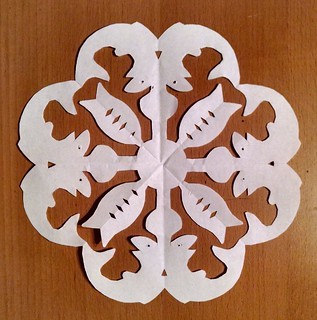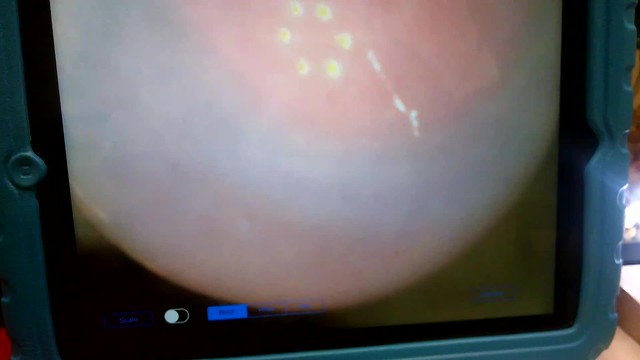The Anatomy of a River
As part of Woodlawn's Salmon in the School project, the 4th graders were able to learn about the health and anatomy of a salmon stream. We discussed the big picture of watershed health with the Watershed Table from the
Lower Columbia Estuary Partnership. The students were able to identify both point pollution sources (factory, water treatment plant) as well as non-point sources (erosion, car oil, fertilizers, pesticides, and animal waste). We discussed the pros and cons and ways that the pollution could be prevented from entering the watershed.
 |
| Without pollution |
 |
| With pollution |
The students were then able to focus on the anatomy of a healthy stream for the salmon. This activity was linked to their studies of the salmon life cycle as we connected the best areas of a stream for the eggs, fry, and adult salmon. Using glue, yarn, play dough, leaves, sticks, sand, and cat litter, the students created the steam path, rock berms to slow the water flow for the salmon fry, gravel patches for the eggs and alevins to hide, and healthy vegetation to prevent erosion along the stream.
 |
| A healthy stream with eggs, an alevin, and fry |
 Getting dirty with good soil
Getting dirty with good soil
















































